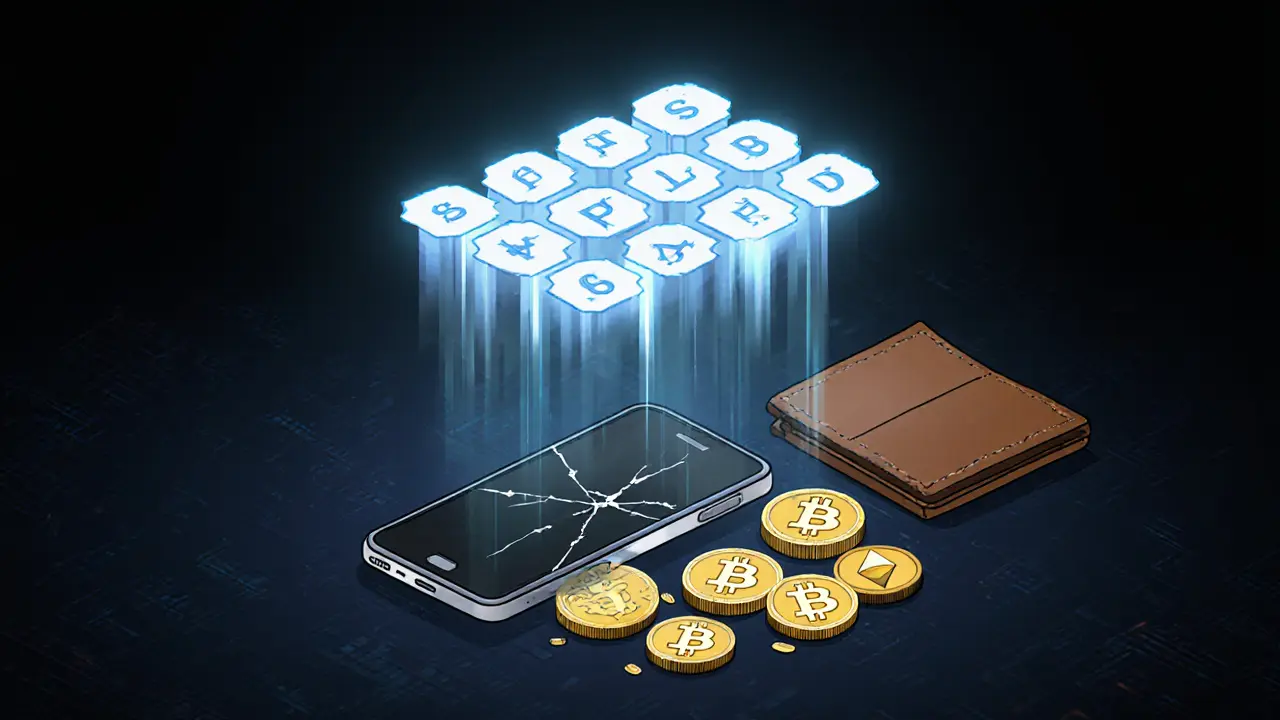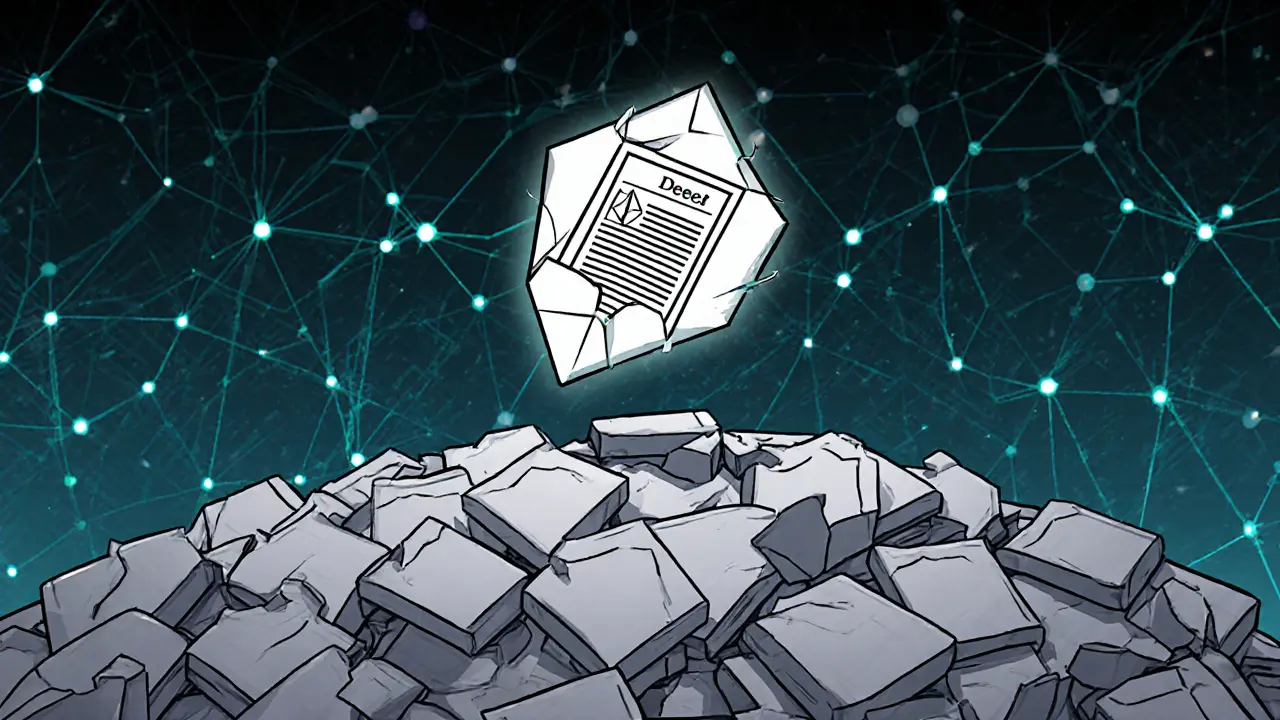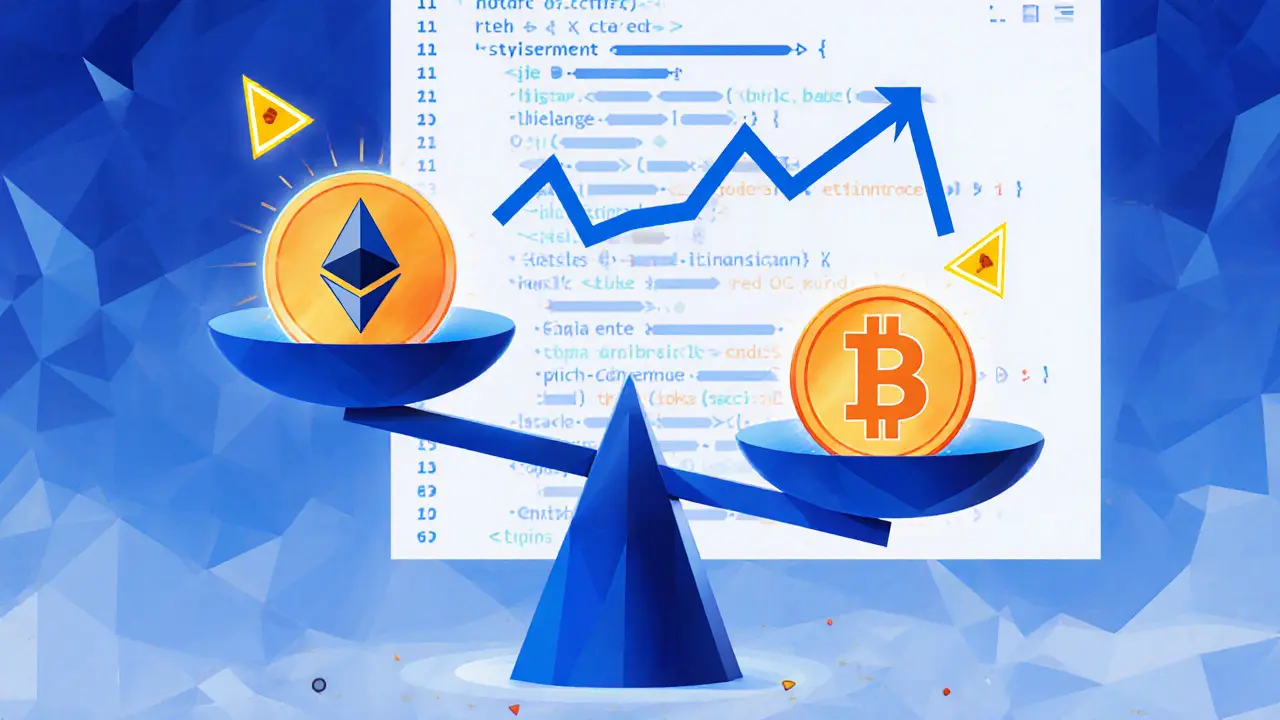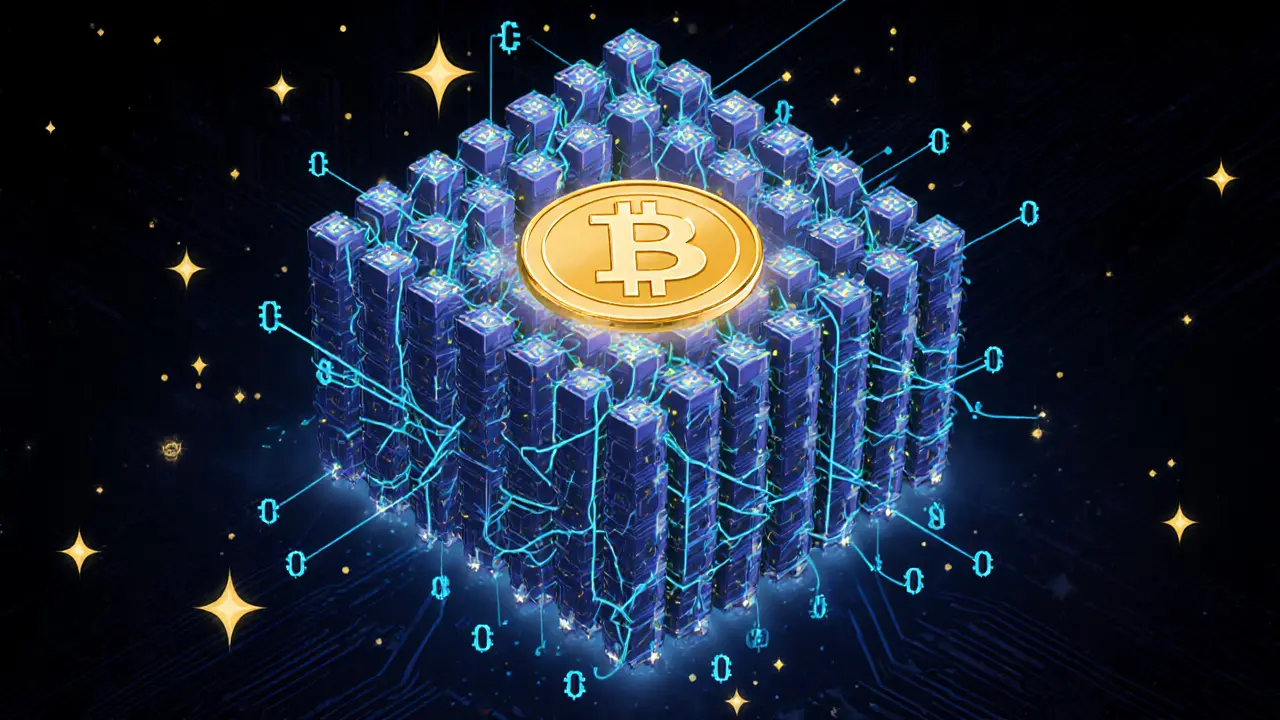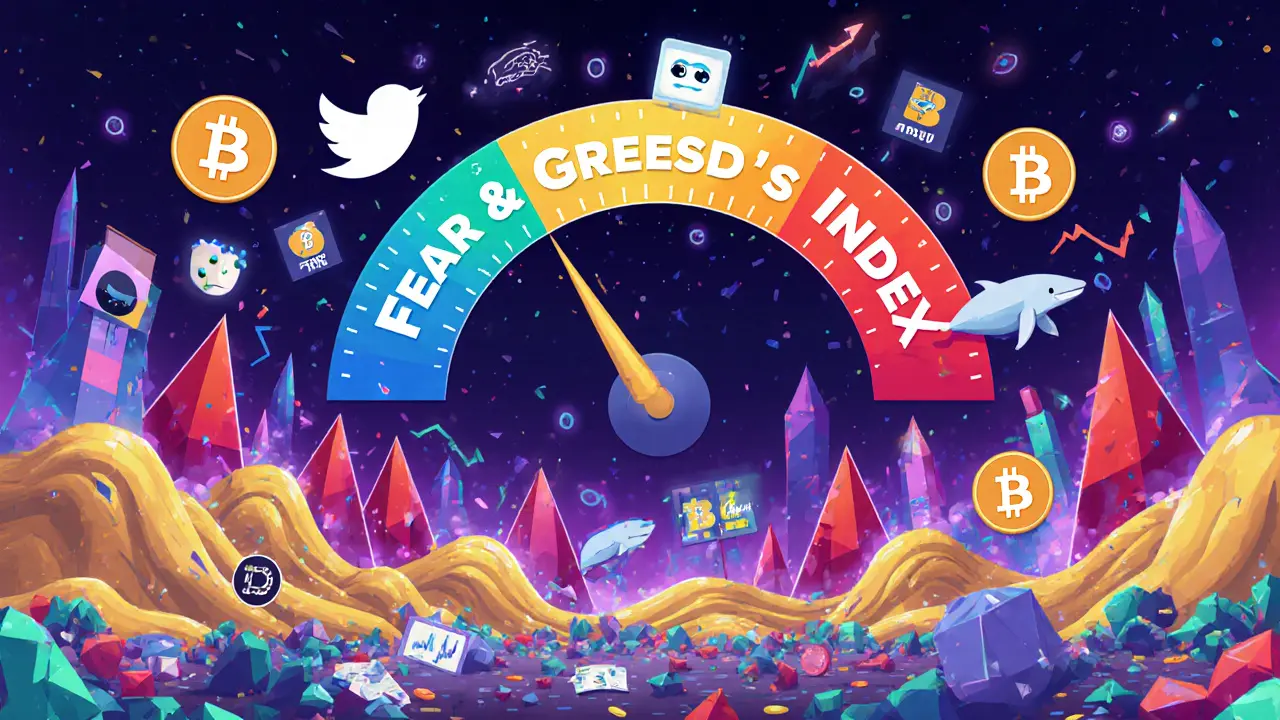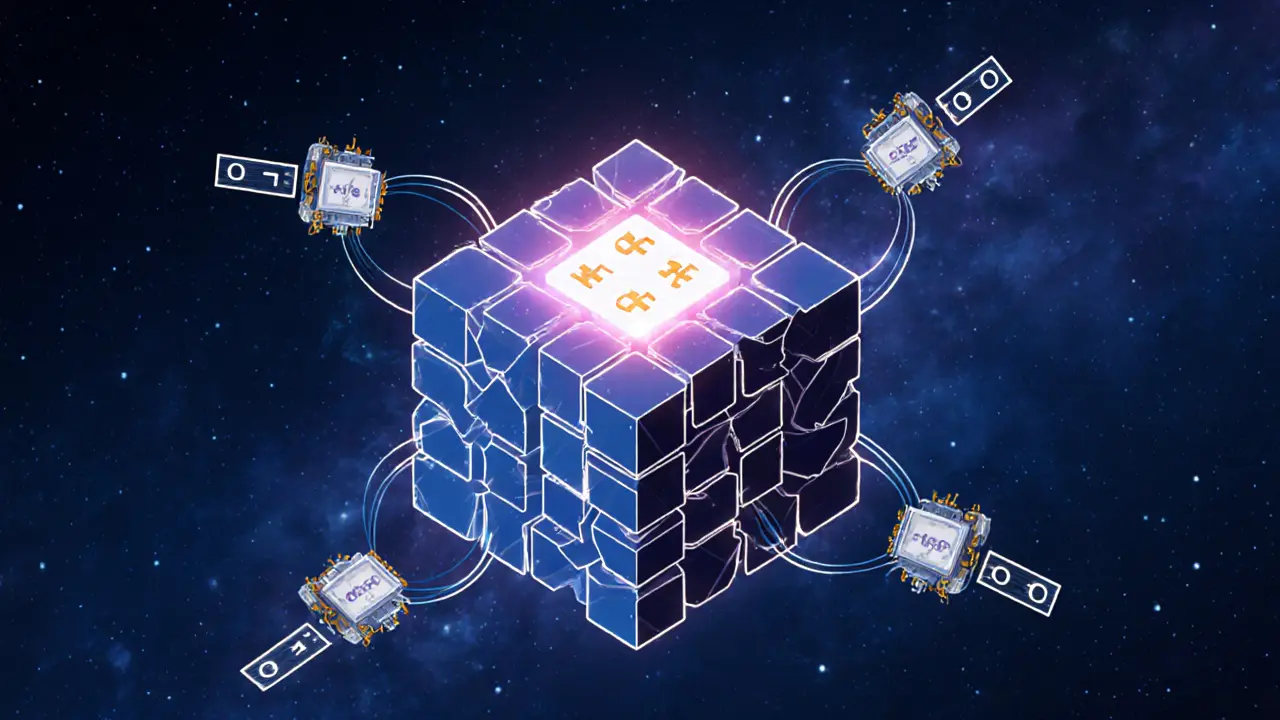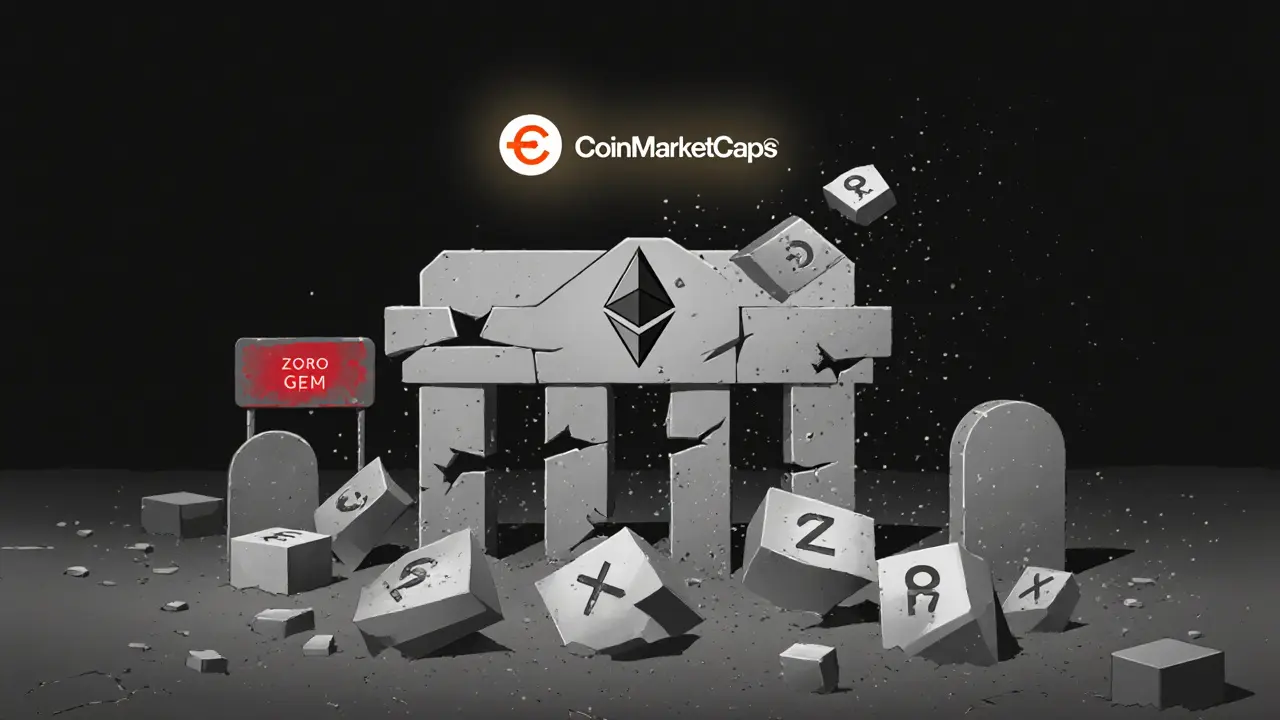Category: Blockchain & Cryptocurrency - Page 2
Understanding BIP39 Seed Phrase Standard for Crypto Wallet Recovery
Learn how BIP39 seed phrases work, why they're the backbone of crypto wallet recovery, and how to use them safely to avoid losing your digital assets forever.
learn moreUnderstanding ERC-721 NFT Standard: How Unique Digital Assets Work on Ethereum
ERC-721 is the Ethereum standard that made digital ownership possible. Learn how unique NFTs work, how they differ from fungible tokens, and why they dominate the NFT market despite higher costs.
learn moreUnderstanding Liquidity Pool Risks in DeFi
Liquidity pools power DeFi trading but come with serious risks like impermanent loss, smart contract bugs, and rug pulls. Learn how to protect your funds before providing liquidity.
learn moreHow Private Keys Control Your Crypto Assets
Private keys are the only thing that gives you real ownership of cryptocurrency. Without them, your crypto is just an IOU. Learn how they work, how to store them safely, and why self-custody matters more than ever in 2025.
learn moreNFT Market Crash: What Happened and Why It Collapsed
The NFT market crash of 2022 wiped out billions in value as hype collapsed under inflation, wash trading, and high fees. Here's what really happened-and what's left.
learn moreWhat Is Technical Analysis for Cryptocurrency? A Practical Guide for Traders
Technical analysis for cryptocurrency uses price charts and indicators to predict market movements. Learn how support/resistance, moving averages, RSI, and candlesticks help traders make decisions - and why combining them with volume and on-chain data is key.
learn moreUnderstanding Bitcoin Network Hash Rate: How Computational Power Secures the Blockchain
Bitcoin's hash rate measures the total computing power securing the network. Higher hash rates mean stronger security, resistance to attacks, and network stability. Learn how it works and why it matters.
learn moreCrypto Mining in Georgia: Regulations and Licensing in 2025
Georgia offers one of the world's most favorable environments for crypto mining with zero taxes for individuals, clear licensing rules, and cheap renewable energy. Learn how to legally mine crypto in 2025 under VASP and Tbilisi Free Zone frameworks.
learn moreWhat is Story (STORY) Crypto Coin? The Blockchain Built for Intellectual Property
Story Protocol ($IP) is a blockchain built to protect and monetize intellectual property. Creators register art, music, and code as on-chain assets with automated royalties. It solves AI's data rights crisis and is backed by major studios.
learn moreWhat Is Crypto Market Sentiment Analysis and How It Moves Prices
Crypto market sentiment analysis measures trader emotions like fear and greed to predict price moves. It uses social media, on-chain data, and news to gauge market mood-especially useful in crypto’s volatile, hype-driven environment.
learn moreWhat Is Proof of Work in Blockchain? A Clear Breakdown of How It Secures Bitcoin and Other Cryptocurrencies
Proof of Work is the original consensus mechanism behind Bitcoin that secures the blockchain by requiring miners to solve complex math puzzles. It's energy-intensive but proven secure over 15+ years, making it ideal for digital gold, though alternatives like Proof of Stake are now dominant in other areas.
learn moreGemSwap Crypto Exchange Review: Is This DEX Still Operational in 2025?
GemSwap claims to be a decentralized crypto exchange with a deflationary token, but as of October 2025, it has zero circulating supply, no trading activity, and no community. It's not operational - and likely abandoned.
learn more